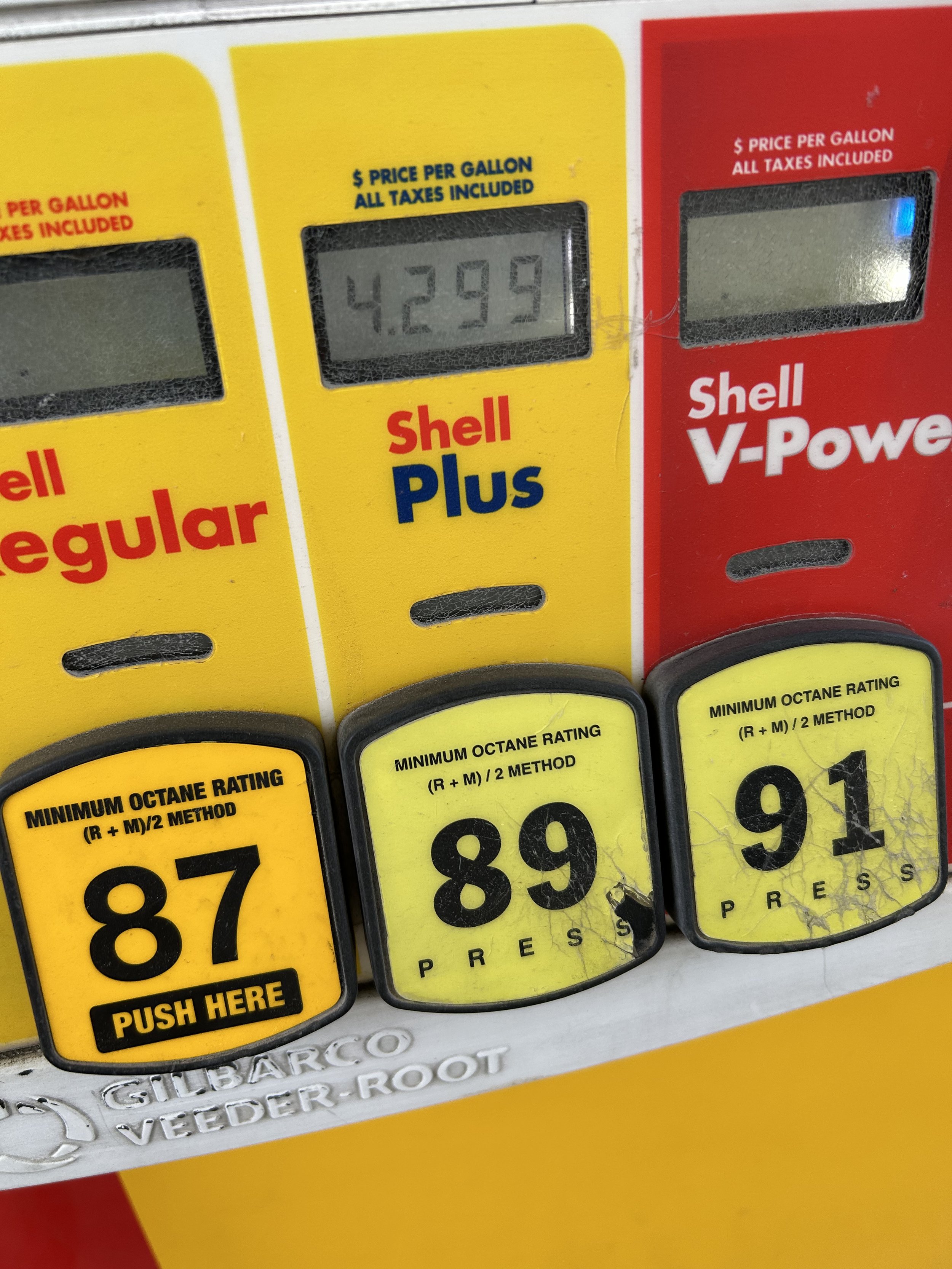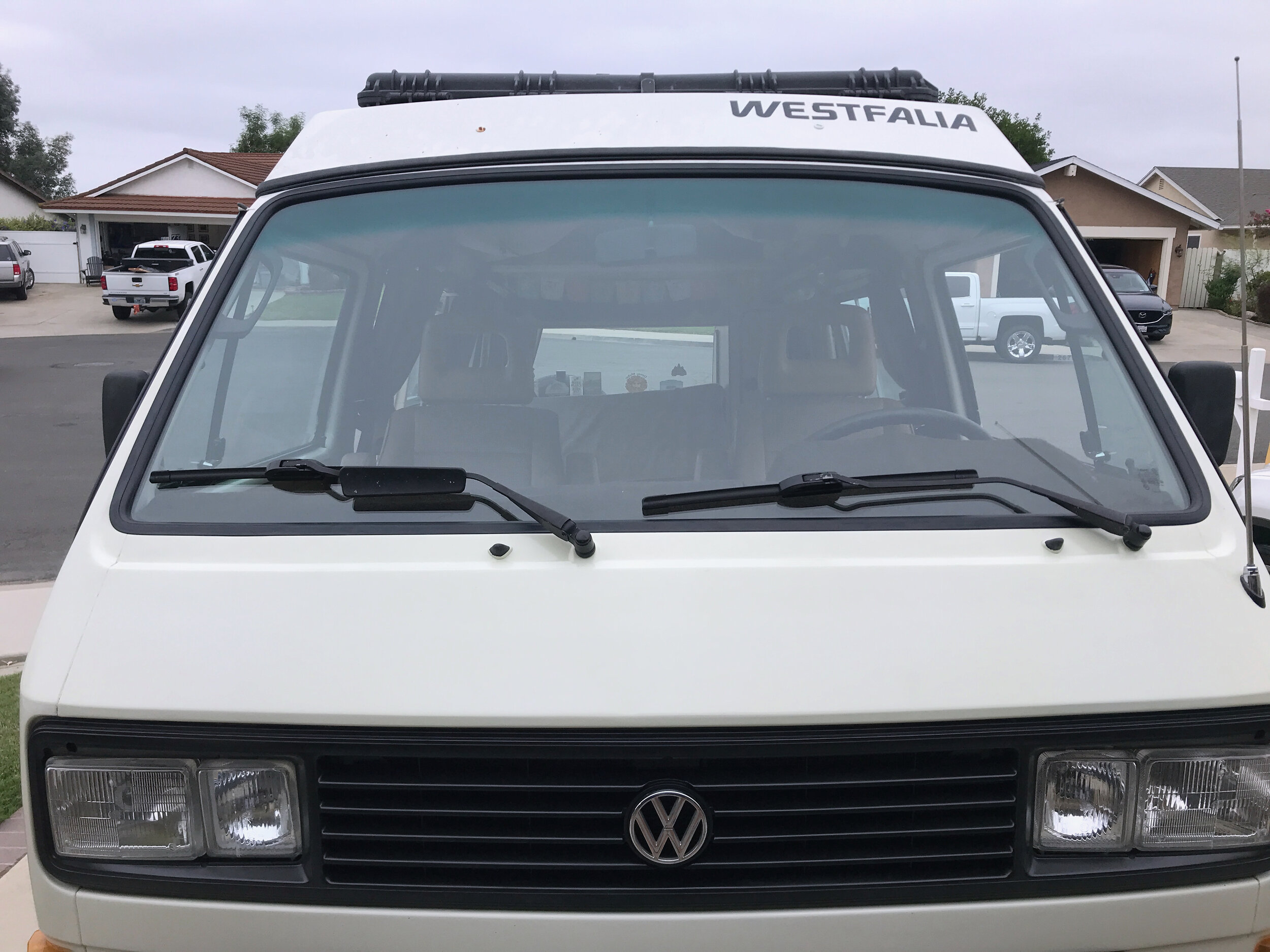Selling a Pre-1990 Classic
Two clients of mine are in the car sales business. They sell at least one pre-1990s classic car a month. I think that’s absolutely incredible. What I understand is that sales happen when vehicles are marketed and priced correctly. So if you want to get the best return for your vehicle start by following these proven steps offered by experienced auto resellers.
Starting with condition. The look and drivability of the vehicle are the most important. Take Vanagons for instance, they are known to be troublesome at times (mechanically speaking).The last thing a person wants to buy is another person’s problem. Spend time repairing whatever needs fixing… from torn upholstery to bad engine timing.
When it comes to mileage be sure to list the miles of the chassis and miles of the engine/transmission if these were ever swapped. These are important things for a buyer to know.
Be honest about your vehicle. Does it need work? How does it drive? Is it smog legal? Is the title clean, or has it been washed? If you have the answers these are extremely important things to reveal to a buyer. Personally, I’ve seen several “Vanagon Syncros” selling for substantially less than they are actually worth. Turns out they were salvaged. Having that information available for the potential buyer will go a long way in making a final deal. I would advise against hiding any potential problem because all it takes is a decent inspection to uncover the flaws and failures. It’s also not ethical. Pass that information on to the potential buyer. You’ll be happy and so will they. A list of what’s been done to it can be organized by the year the repairs, or upgrades were made.
Get it professionally detailed. Hiring a detailer for $100-$400 is well worth the cost if you don't have time to do the work yourself. If the paint is chipped or peeling try to repair it, or have it spot painted. Follow up with a good wax and shine. Treat the engine compartment too.
Document the vehicle. Take lots of photos and videos. Either hire a professional photographer (like me!) or take photos of the vehicle yourself. Either way, to market your ride you’ll need dozens of high-resolution images of the vehicle. Only list your vehicle after you’ve spent a considerable amount of time and effort capturing the thrill of owning your Vanagon (or whatever). I have years of high-quality images of my Vanagon in various National Parks and other camping areas. These are the best kind of images to list with your description of the vehicle. They show the vehicle in use and people (like me) who know these vehicles love to see them being enjoyed. And not just photos, but shoot video of your ride. And be prepared to offer a Dropbox or Google Drive link for potential buyers. If you have access to a drone, use it. Any angle that can give a person living far away a better idea of the vehicle for sale will go a long way in selling it for top dollar. If you have a video consider posting your ride to social media, the pass-along rate is high and the chance of finding a buyer is relatively good. If you’ve got great images and a fantastic story Bring a Trailer is a really good place to feature your vehicle. But don’t expect to see it there with blurry images.
Get competitive sales figures. Homes are sold after a realtor does a check of the recent sales made in surrounding neighborhoods. These are called “comps” or comparisons. The same goes for selling classic vehicles like Vanagons. Check the prices on Bring a Trailer, The Samba, etc. before you stick to a number. It’s better to price it slightly above what you would really take for it than too low. But don’t price it so far out of the norm that no one’s going to take a serious look.
Write up marketing materials. Write a brief history of it. The write-up should be thorough enough that even the most detail-oriented person gets something out of it. Start your description with a few words about how you came about buying it. Explain whether you are the first, second, third, or fourth owner, etc. For example: My Vanagon was first sold in Northern California and remained in California its entire life! I am the second owner of it. Also, the write-up should be in your own words, not a friend’s.
Get a CarFax. A CarFax report will tell you most of the story, so be sure to purchase a CarFax report for potential buyers who ask about the vehicle history. While CarFax reports are never 100 percent accurate, by law they tell you if it’s ever been in a major/reported accident, and they divulge the correct mileage. But not all accidents are reported to the police. Small fender benders are seldom listed in CarFax.































